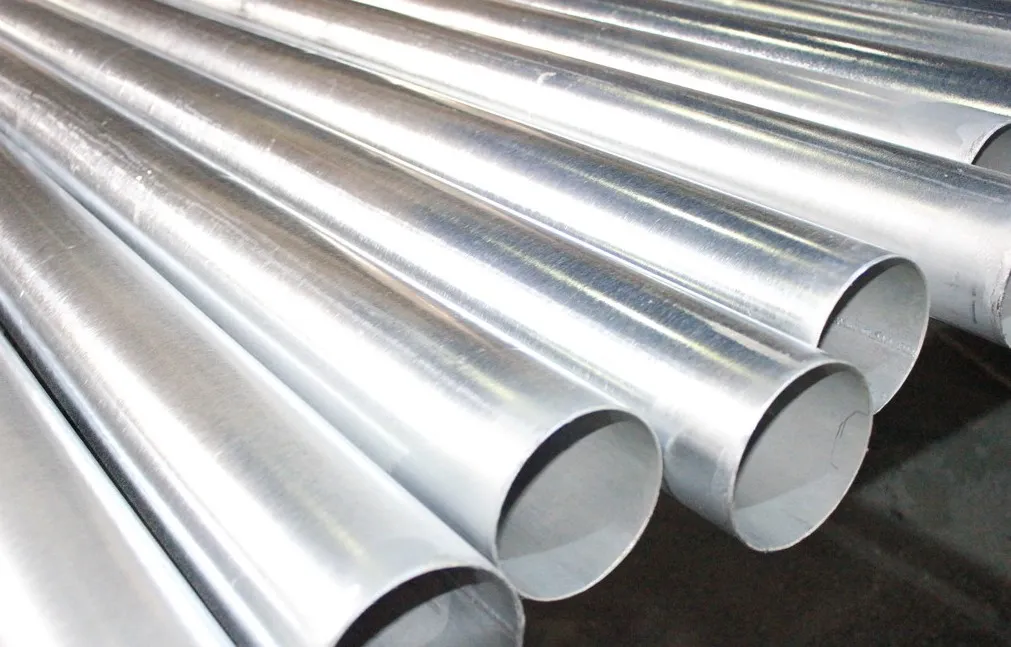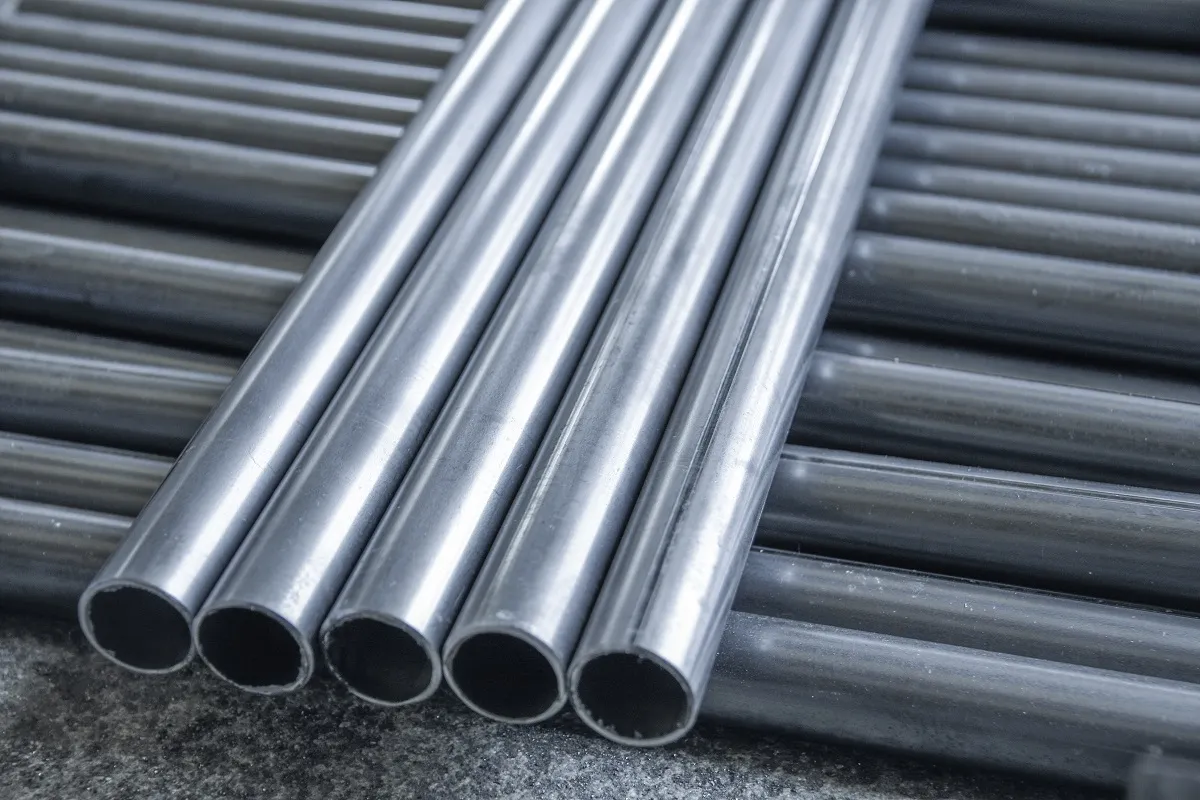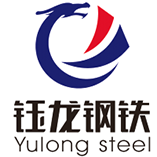-
Cangzhou Yulong Steel Co., Ltd.
-
Waea:
+86 13303177267 -
Īmēra:
admin@ylsteelfittings.com
- Ingarihi
- Arapi
- Itari
- Paniora
- Potiti
- Tiamana
- Kazakh
- Pahia
- Kariki
- Wīwī
- Ruhia
- Porohia
- Thai
- Initonia
- Vietnamese
- Zulu
- Koreana
- Uzbek
- Kao
- Serbian
- Malay
- Iukereiniana
- Gujarati
- Haiti Creole
- Hausa
- hawaii
- Hiperu
- Miao
- Hungarian
- Tiorangi
- igbo
- Irish
- Hapanihi
- Hawaana
- Kannada
- Khmer
- Rwandan
- Awherika
- Albanian
- Amharic
- Arameni
- Azerbaijani
- Basque
- Belarusian
- Bengali
- Bosnia
- Bulgarian
- Katarana
- Cebuano
- Haina
- Haina (Taiwan)
- Korihika
- Koroatiana
- Czech
- Teniana
- Esperanto
- Estonian
- Finnish
- Frisian
- Kariri
- Georgian
- Kurdish
- Kyrgyz
- TB
- Latina
- Latvian
- Lithuanian
- Luxembourgish
- Makeronia
- Maori
- Malayalam
- Marite
- Maori
- Mareti
- Mongolian
- Myanmar
- Nepali
- Norewai
- Norewai
- Occitan
- Pashto
- Tatimana
- Punjabi
- Romanian
- Hamoa
- Scottish Gaelic
- Ingarihi
- Shona
- Sindhi
- Sinhala
- Slovak
- Slovenian
- Somali
- Hatana
- Swahili
- Huitene
- Tagalog
- Tajik
- Tamil
- Tatara
- Telugu
- Turiki
- Turkmen
- Urdu
- Uighur
- Welsh
- Awhina
- Yiddish
- Yoruba

Apr. 16, 2025 11:19 Hoki ki te rarangi
WHY YOU NEED TO SWAP OUT YOUR GALVANIZED PIPES
If your home or business still relies on galvanized steel pipes, it’s time to rethink your plumbing. Once hailed for its corrosion resistance, galvanized piping has become notorious for rust buildup, reduced water flow, and potential health hazards. Replacing these aging pipes with modern alternatives not only restores water quality and pressure but also safeguards your property’s value and your family’s health.

He aha nga paipa piauau?
Galvanized pipes are steel tubes that have been coated with a layer of zinc to protect against rust and corrosion. The most common method—hot‑dip galvanizing—immerses steel pipes in molten zinc, creating a metallurgical bond that forms a uniform, adherent coating. This zinc layer acts as a sacrificial anode: when the surface is scratched or nicked, the zinc corrodes in place of the steel, prolonging the pipe’s service life.
Introduced widely in the mid‑20th century, galvanized steel piping was once the standard for potable water, sprinkler systems, and outdoor installations. Its strength, durability, and relatively low cost made it an attractive choice for builders and plumbers. However, the protective zinc layer inevitably wears away over time, exposing the steel to oxidation and scale buildup—factors that can compromise both flow capacity and water quality
Kia pehea te roa o nga paipa piauau?
Karekau he punaha paipa mo ake tonu atu, a ko te rino piauau he mea rereke. Ko nga whakatau tata moata mo te roanga o te oranga ki te 100 tau, engari he rereke nga mahi o te ao i runga i te matū wai, te kounga o te whakaurunga me te tiaki. I tenei ra, ko te nuinga o nga tohunga e whakaae ana ko nga paipa piauau e mau tonu ana mo te 40 ki te 60 tau i raro i nga tikanga tino pai.
Poor galvanizing techniques or highly acidic water can shorten this span to 20–30 years, leading to premature rusting and pinhole leaks. In many homes built before the 1960s, galvanized plumbing is now reaching or has exceeded its practical lifespan, resulting in diminished water pressure, discolored water, and frequent repairs. Regular inspections can identify early warning signs—such as rust flakes in taps or visible corrosion on exposed pipe runs—so you can plan replacements before a major failure occurs.
He raruraru haumaru, he awangawanga ranei mo te paipa piauau?
I tua atu i te hekenga o te mahi, ka pa mai nga paipa piauau tawhito he raru hauora. I te mimiti o te paninga konutea, ka kohia te waikura rino (waikura) me etahi atu huanga waikura ki roto i nga pakitara paipa, ka paheke ki roto i to puna wai. Ka taea e enei matūriki te whakakore i te tae o te wai, te whakaputa i te reka o te konganuku, me te tarai i nga taputapu me nga taputapu.
More concerning is the potential for lead and cadmium contamination. Galvanized piping installed before the 1980s often used lead‑based solders or brass fittings containing cadmium. Corrosive water conditions can leach these heavy metals into drinking water, posing serious health hazards—especially for children and pregnant women.
Ko nga waehere paipa o naianei kei te aukati i te rino piauau mo nga whakaurunga wai hou, e pai ana ki nga taonga penei i te parahi, PEX, CPVC ranei hei aukati i te waikura me te whakakore i nga tupono whakarewa-taimaha. Ko te whakarereke i nga raina piauau tawhito ka whakarite kia u ki nga paerewa o naianei, ka mau te rangimarie o te ngakau mo koe me to whanau.
He aha te ahua o nga paipa piauau?
hou paipa maitai piauau typically has a bright, silvery finish that may appear shiny or slightly “spangled”—a mottled, crystalline pattern formed by zinc crystallites. Over time, the surface dulls to a matte gray as the zinc patina weathers, providing continued protection against moisture and oxygen.
In older systems, you may notice rust streaks or orange‑brown patches where the zinc layer has worn thin and steel corrosion has set in. Inside the pipe, scale buildup can create rough, uneven surfaces that trap sediment and reduce water flow. Visible signs of exterior flaking or pitting indicate it’s time for a full replacement.
Ready to upgrade? Don’t let worn‑out galvanized pipes compromise your water quality or safety. Contact our certified plumbing specialists today for a free inspection and personalized replacement plan. Enjoy cleaner water, consistent pressure, and the confidence that comes with modern, code‑compliant plumbing.

Nga korero hou
-
ANSI 150P SS304 SO FLANGE
RongorongoFeb.14,2025
-
ASTM A333GR6 paipa rino
RongorongoJan.20,2025
-
ANSI B16.5 WELDING NECK FLANGE
RongorongoJan.15,2026
-
ANSI B16.5 SLIP-ON FLANGE
RongorongoApr.19,2024
-
DIN86044 PATI FLANGE
RongorongoApr.19,2024
-
DIN2527 KAUPAPA KAUPAPA
RongorongoApr.12,2024
-
JIS B2311 Reke-Welding Fitings LR/SR 45°/90° /180°Seamless/Weld
RongorongoApr.23,2024
-
DIN2605-2617 Reke-Welding Fiting LR/SR 45°/90°/180° Seamless/Weld
RongorongoApr.23,2024











